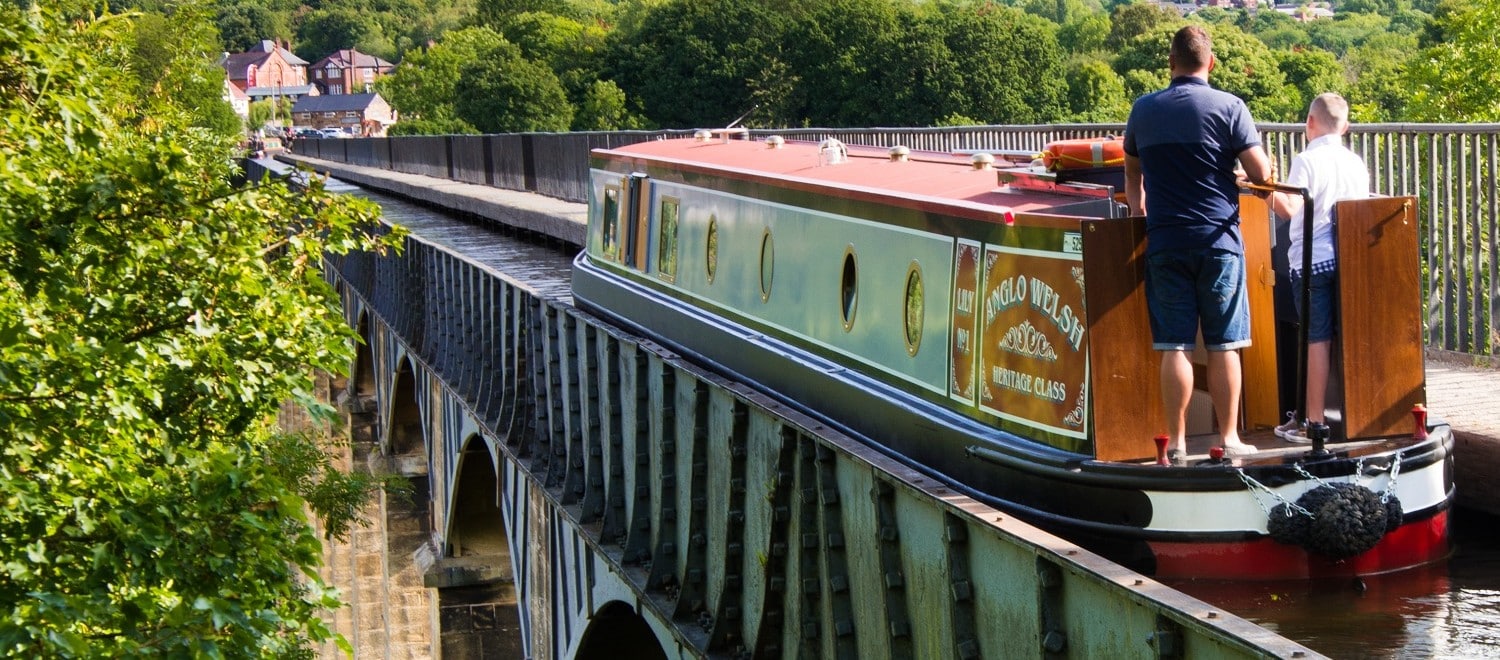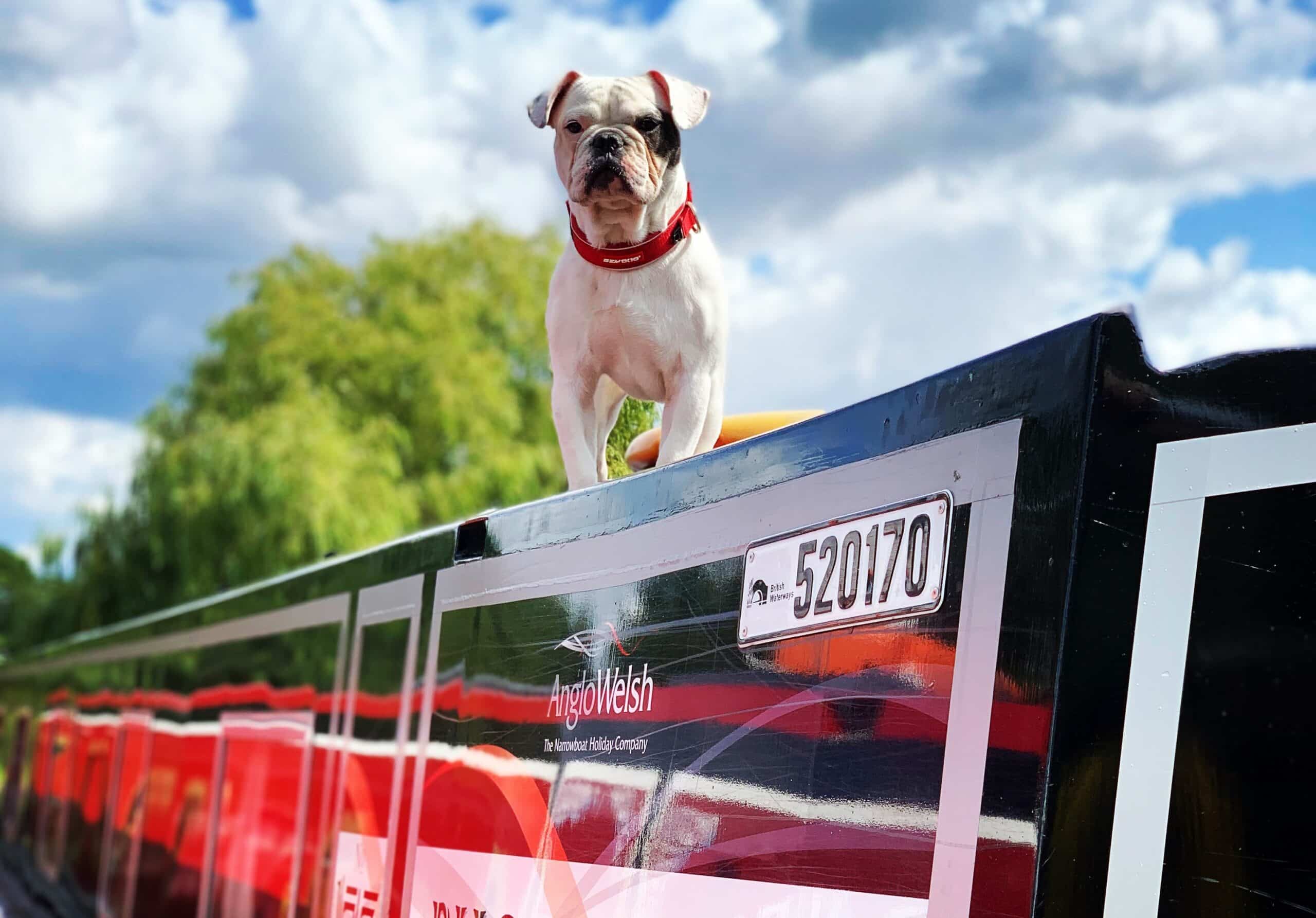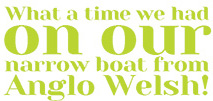Top 9 canal boat holiday staycations

Britain’s beautiful canal network provides the perfect destination for a Staycation afloat in 2024.
Whether it’s the appeal of pottering slowly through the countryside, watching out for wildlife and stopping off at canalside pubs. Or the lure of an exciting waterside attraction in a vibrant waterfront city destination, our canal boats provide a floating holiday home experience and the chance to curate your own unique adventure afloat.
To help plan your next UK waterway-getaway, here are our Top 9 narrowboat holidays for the year ahead:
- Take an Oxford ‘His Dark Materials’ mini-break – from our base on the River Thames near Oxford, you can enjoy a Thames boating holiday. You can reach overnight moorings at Hythe Bridge in just three hours. From there, it’s just a short walk into Oxford’s city centre for the chance to explore dozens of historic sites. These include the Bodleian Library, Lyra’s home in the BBC’s drama series ‘His Dark Materials’, based on Philip Pullman’s book ‘Northern Lights’. Just seeing this incredible building from the outside is a bucket list experience, but adults and children aged 11 and over can also explore the museum, home to nine million books across over 100 miles of shelves. The Museum also houses a number of fascinating maps, including the 14th century ‘The Bodleian Map’, the oldest surviving map of Great Britain.
- Watch out for wildlife on the Montgomery Canal – from Whixall Marina, on the Prees Branch of the Llangollen Canal in Shropshire, it takes around six hours to reach Frankton Junction, where the Llangollen Canal meets the Montgomery Canal. This beautiful canal, which runs for 38 miles between England and Wales, is designated a Site of Special Scientific Interest (SSSI) on both sides of the border. The entire length in Wales is also recognised as a Special Area of Conservation, making it one of the most important sites for wildlife in Europe. Currently only around half the Montgomery Canal is navigable, including a seven-mile section from Frankton Junction to Gronwyn Wharf. From Whixall, the journey to Gronwyn Wharf and back takes around 20 hours, travelling through 34 miles of beautiful countryside. The route takes you through 16 locks (eight each way). Along the way, you can enjoy looking out for many types of waterway birds, animals and insects. As well as the shy nocturnal otter and critically endangered water vole.
- Navigate the Four Counties Ring – on a week’s break from Great Haywood on the Trent & Mersey Canal in Staffordshire, you can travel round the ‘Four Counties Ring’. Cruising sections of the Trent & Mersey, Shropshire Union and Staffordshire & Worcestershire canals, this popular circuit takes boaters on a 110-mile, 60-hour, 94-lock canal boat holiday odyssey. You’ll pass through some of the most beautiful landscapes in England, including the Peak District, the rolling Cheshire Plains and the Potteries. Highlights along the way include Wedgewood Pottery in Stoke on Trent and the 1.5 mile long Harecastle Tunnel. You’ll also encounter the flight of 31 locks between Middlewich and Kidsgrove known as ‘Heartbreak Hill’. You’ll visit the Roman town of Middlewich and the historic market town of Market Drayton, home of the gingerbread man.
- Climb aboard the SS Great Britain in Bristol’s Floating Harbour – from our base on the Kennet & Avon Canal at Bath, it takes around eight hours, passing through 12 locks, to reach moorings in Bristol’s Floating Harbour. Once there you can moor up to explore the harbour and Brunel’s SS Great Britain, the ship that changed the world. *NB this route is recommended route for experienced boaters and overnight mooring fees will apply
- Visit the Orangutans at Chester Zoo – from Bunbury on the Shropshire Union Canal in Cheshire it takes around seven hours, passing through nine locks to reach the ancient City of Chester. Chester is home to the award-winning Chester Zoo, with over 20,000 animals from 500 species, including a family of Sumatran orangutans. Sumatran orangutans are listed as critically endangered by the International Union for the Conservation of Nature with fewer than 14,000 surviving in the wild. At Chester Zoo, you can find out more about these fascinating animals and how to help to prevent their extinction.
- Glide across ‘The Stream in the Sky’ to the Shropshire Lake District – just 10 minutes from our base at Trevor on the Llangollen Canal in North Wales, you’ll reach the incredible Pontcysyllte Aqueduct. One of The Seven Wonders of the Waterways, the aqueduct’s carries the canal 38 metres high above the Dee Valley on 19 stone pillars. In 2009 the Pontcysyllte Aqueduct was added to the UNESCO World Heritage site list, putting it on a par with the Pyramids and Taj Mahal. On a short break from Trevor, you can cross the aqueduct and then continue east to reach the Ellesmere, in the heart of the Shropshire Lake District. The journey to Ellesmere and back takes around six hours and passes through just two locks.
- Travel round the Warwickshire Ring – on a 10-day or two week break from our base at Wootton Wawen on the Stratford Canal in Warwickshire, you can cruise the Warwickshire Ring. Travelling sections of the Grand Union, Oxford, Coventry and Birmingham & Fazeley canals, the Warwickshire Ring covers 104 miles, passes through 120 locks and takes around 60 hours to navigate. You’ll pass through miles of countryside, with fields and ancient meadows and the occasional sleepy village. And you’ll also travel through the vibrant city centre waterfronts of Birmingham. Destination highlights include the pretty canal village of Braunston and the flight of 21 locks at Hatton. You can also visit Warwick Castle and Birmingham’s Brindleyplace. The whole trip from Wootton Wawen takes around 46 hours and passes through 118 locks.
- Cruise to the Yorkshire Dales National Park – on a short break from Silsden on the Leeds & Liverpool Canal in West Yorkshire, you can travel to Gargrave on the edge of the Yorkshire Dales National Park. The journey there and back takes 13 hours and passes through six locks. This scenic route is perfect for beginners and you through the historic town of Skipton. There you can explore the town’s medieval stone castle and extensive woodlands managed by the Woodland Trust. Once at Gargrave, there are pubs to enjoy, including the popular Mason’s Arms. And it’s easy to access to the Yorkshire Dales National Park and the Pennine Way walking trail.
- See a play in Shakespeare’s Stratford – from Wootton Wawen on the Stratford Canal, it’s a six-hour, 17-lock cruise journey through the Warwickshire countryside to reach moorings at Bancroft Basin. This is in the heart of Stratford-upon-Avon, just a stone’s throw from the Royal Shakespeare and Swan theatres. As well as enjoying the town’s lively markets, shops, restaurants and museums, you can can take in a play at the Royal Shakespeare Theatre. 2024’s programme includes ‘Love’s Labour’s Lost’ and ‘The Merry Wives of Windsor’.











